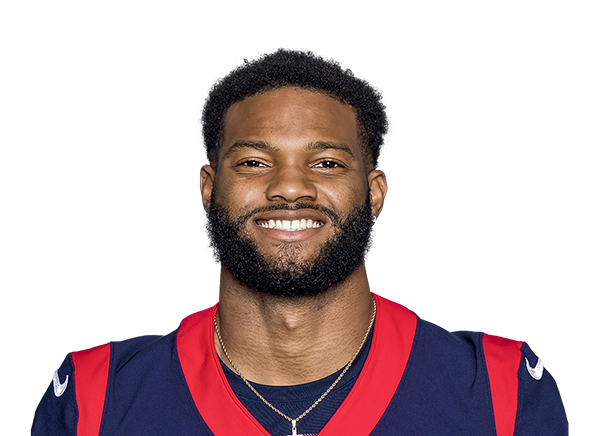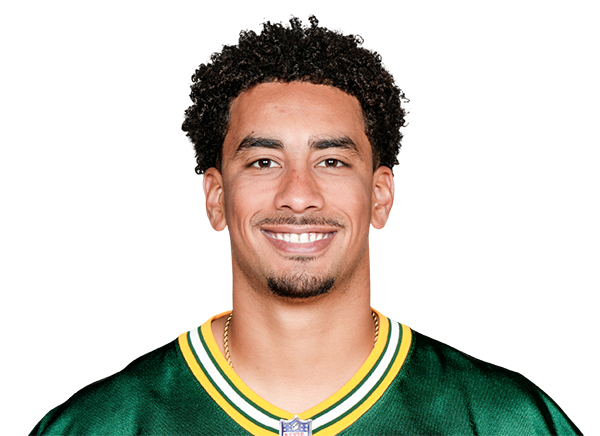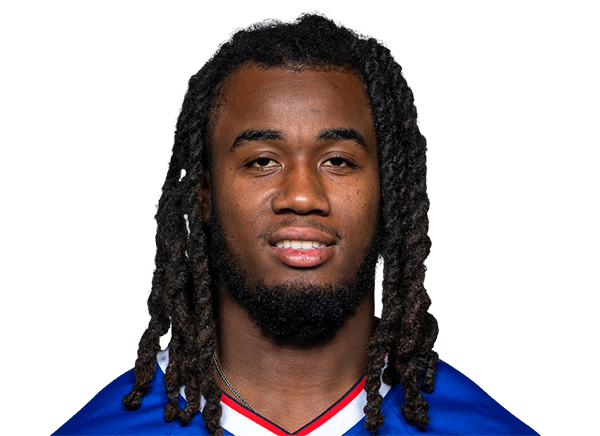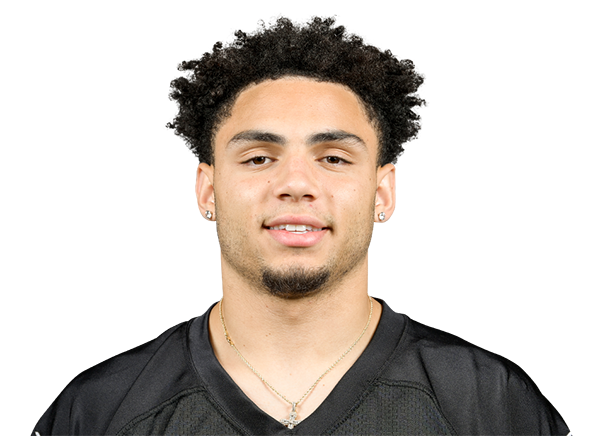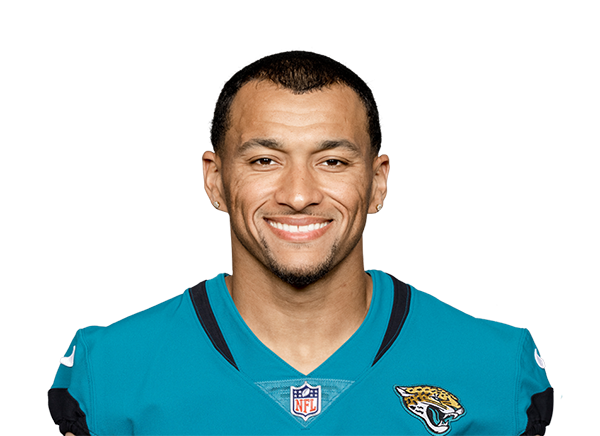Truth About Running Backs: AFC East
This is the next in a series of articles that attempts to shine a light on how various teams really do use their backs and what we can surmise about them going forward. Today we focus on the AFC East.
It’s been a seriously unbalanced division for some years. Last year featured two historically poor rushing offenses. The 2019 Dolphins rushed for fewer yards than any other team in the last decade. The Jets were 312th out of the 320 teams in that period. Given that low base we can certainly expect some improvement.
Buffalo Bills
The Bills started last season with Frank Gore as their lead back, but it seemed time had caught up with him. Devin Singletary picked up more and more work as the season progressed. This chart shows the proportion of their yards that were gained on plays by length:
Gore had around 40 percent of his yards come on plays of ten or more yards. For Singletary that figure was closer to 60 percent. Explosiveness is an overused concept for backs because volume closely correlates with touches. It’s very rare that any back at all consistently produces more or less than you’d expect given their workload, but it happened last year here.
It was more complicated though. The next chart shows how the Bills backs were used by yards to go:
Clearly Frank Gore was used much more as a short yardage back than Singletary. Gore handled just under 70 percent of short yardage rushing plays. That certainly has an impact on the yardage he created with his opportunity.
New England Patriots
It’s often said that the Patriots use their backs randomly and they cannot be trusted. This is not true. Year-to-year they tend to use an early down rushing back and a late-down receiving back. For the last couple of seasons this has been Sony Michel and James White. Simply looking at their carry/target splits gives you a great idea of how that works out:
And this is consistently similar every season. Rex Burkhead is a bit more of an all-rounder. They’re not so predictable that they only use those two archetypes. Understanding this gives you a much better idea of who will do what on a weekly basis.
The next chart shows how many total yards each back gained, grouped together:
Sony Michel certainly had a rough season, and one of the big reasons was his lack of breakaway plays. He managed just 76 yards on those plays compared to James White’s 311 on significantly fewer touches. White’s role in the passing game certainly helps him, but Michel really struggled in this part of his game. It’s too early to be certain if this is a result of physical decline due to injury or it was just a down year. If it’s not physical, he could have a big bounce-back season in 2020.
New York Jets
Le’Veon Bell disappointed many fantasy owners who thought that an ageing back could walk onto a poor offense and look great.
His seeming decline was overblown, though. His lack of production may not actually have been his fault.
This chart shows how much of the total running back volume Bell had by down:
You can clearly see he was up around the 70 percent mark. He dominated this team and actually had the eighth most touches of all running backs in the league.
The next chart shows what his yardage production looked like historically. Included here are all running backs over the last decade. As we know the link between touches and yards for backs is very strong, but Bell is highlighted. The black dots are his years as a Steeler, the green dot his 2019 as a Jet.
2019 was his least efficient season, but that should be no surprise. Bell was 27 last season. In running back years that’s well past his peak. He managed two fantastic seasons (in efficiency terms) as a Steeler, and one season where his volume was high but his efficiency average.
His 2019 was not nearly as big a drop-off as people thought – it’s just that he was on a terrible team (remember this was a historically poor rushing offense as a whole), and his touchdown rate suffered. A back with 311 touches “should” be scoring roughly ten touchdowns. Bell’s four were a pitiful return.
Buying a 28-year-old back is never a good idea (even when not on an Adam Gase team), but Bell has been slightly unfairly pilloried.
Miami Dolphins
This rushing attack was utterly abominable, and frankly it’s hard to write much about it. The offensive line was one of the worst units in recent memory. There was little to no talent in the backfield. The passing game was sputtering at best. Almost every way of cutting the data shows variations on the theme of “bad.” But here’s a chart that at least shows one interesting thing about the 2019 Dolphins’ running backs:
Kalen Ballage is one of the very worst players to put on pads as an NFL player in recent times. You can see here that he managed 51 plays that gained a yard at most. That’s an enormous number. To put it into context, the plodding Latavius Murray managed 48 bad plays from 189 total rushes/targets. For Ballage to manage more on just 97 rushes/targets is amazing.
In percentage terms, Ballage topped the league (excluding backs with only a handful of touches) with 58 percent of his plays going for a yard or less. The average for a back with 50 or more rushes/targets was just 32 percent.
Second in the NFL was his team-mate Patrick Laird on 46 percent. Myles Gaskin was fourth on 42 percent.
On the other end of the scale, Ballage managed to make ten or more yards on just four of his 97 plays (4 percent). This is also spectacularly low. The average was 13 percent. No other back with so many plays managed such a low figure. Chris Thompson had 95 combined carries/targets (two fewer than Ballage) and managed over five times as many big plays with 22.
Walter Payton would have struggled on this Dolphins team, but even so for Ballage to look so bad was something special.
Now you’ve got a little bit more information on how some of the backs in the AFC East were used in 2019 and you can use that information to make better decisions about how they’ll be used in the future.
The most important piece of information is to steer clear of Ballage. He truly is the worst player in the NFL.
Thanks for reading.
- Six Unrepeatable IDP Fantasy Football Stats from the 2024 Season - January 11, 2025
- Ten IDP Stats You Need to Know After Week 15 - December 21, 2024
- Ten IDP Stats You Need to Know After Week 14 - December 13, 2024























